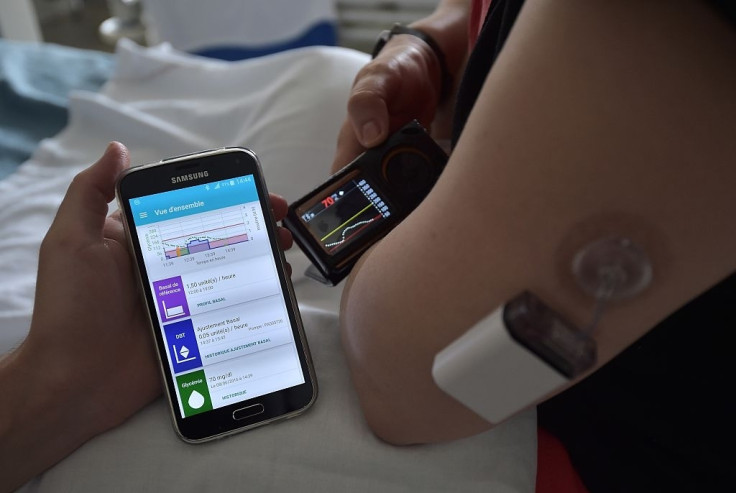Artificial pancreas uses smartphone to monitor and regulate type 1 diabetes
The algorithm of this system refines insulin delivery process by learning from repeated daily cycles.

Harvard researchers have successfully trialled artificial pancreas – a system that monitors blood-sugar levels and automatically administers the amount of insulin required by a patient.
The system consists of an insulin pump and a glucose monitor placed under the skin. It takes wireless signals from a smartphone to deliver the correct dose of the hormone to a type 1 diabetic.
People suffering from type 1 diabetes usually face the strenuous task of monitoring glucose and taking insulin either via needle injections or infusion pump. Taking insulin in right amounts is crucial for regulating the amount of glucose in the blood.
The new system simplifies this task by automatically increasing the amount of the hormone when the body needs or decreasing it when there's no need.
The whole thing pairs with a smartphone-based adaptive control algorithm which uses an individual's daily activity such as meals, physical activity, metabolism, and sleep to signal (via Bluetooth) the pump how much insulin it should deliver to the patient. Essentially, it aims to mimic the behaviour of the pancreas of a person without diabetes.
The algorithm of this system refines insulin delivery process by learning from repeated daily cycles. But, it's important to note it does not regulate glucose level to a specific point and aims for a particular range – an acceptable zone defined by a predictive model – instead.
After testing the system on 30 patients over 12 weeks, the team noted significant improvements in two key indicators of well-being for type 1 diabetics – reduction in haemoglobin levels and less-time spent in a hypoglycemic state. The results of the study were published in the journal Diabetes Care.
The system shows a lot of promise, but such technologies require several tests and approvals, and it could still be months or even a few years before it actually gets into the market as a potential solution for automatic insulin delivery.





















